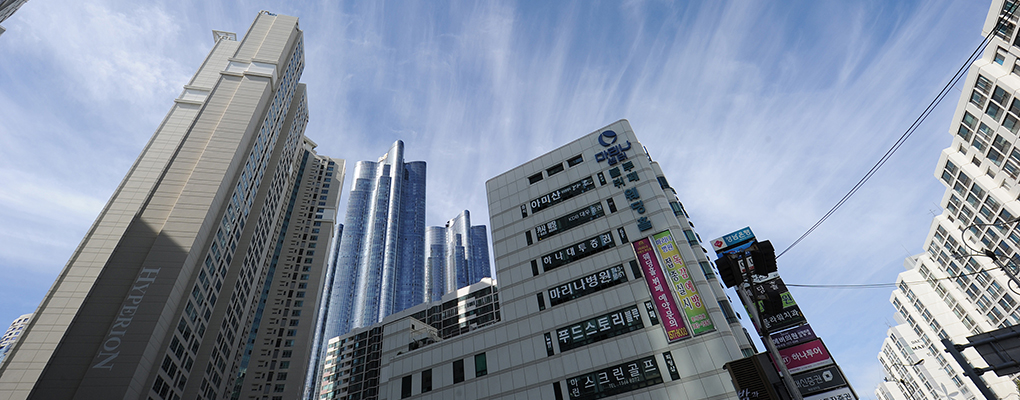
Sluggish domestic demand and consumption have been hailed as the biggest impediments for South Korea’s economic recovery. While low prices persist, sales and wages remain stagnated, thereby curbing spending and investment – the mechanisms required to lift the economy.
The central bank predicts GDP growth will rise to 3.4 percent this year
According to Statistics Korea, the consumer price index was 109.38 in March, which was unchanged from February, but had risen by 0.4 percent month-on-month from the previous year.
Export levels also remain precarious; although there have been signs of improvement, largely thanks to the electronics sector, they are still low – as indicated by last month when exports had dropped by 4.3 percent in comparison with March 2014.
“Sluggish domestic demand centred around consumption is the main factor that we see harming the pace of economic recovery”, governor Lee Ju-yeol told reporters at the central bank’s headquarters on March 31.”Meanwhile looking at exports, they are expanding in terms of volume but cannot be seen as a factor that can change our economic outlook greatly”.
The continued slow pace of economic growth together with the falling inflation rate are raising strong concerns in regards to the onset of deflation, which will further strain spending and could drive the country into recession.
Currently, the central bank predicts GDP growth will rise to 3.4 percent this year, a downgrade from a previous forecast of 3.9 percent. Yet, given the country’s continued poor economic performance, experts predict that the Bank of Korea will relegate its forecast once again on April 09 when the quarterly update is due to be made.


